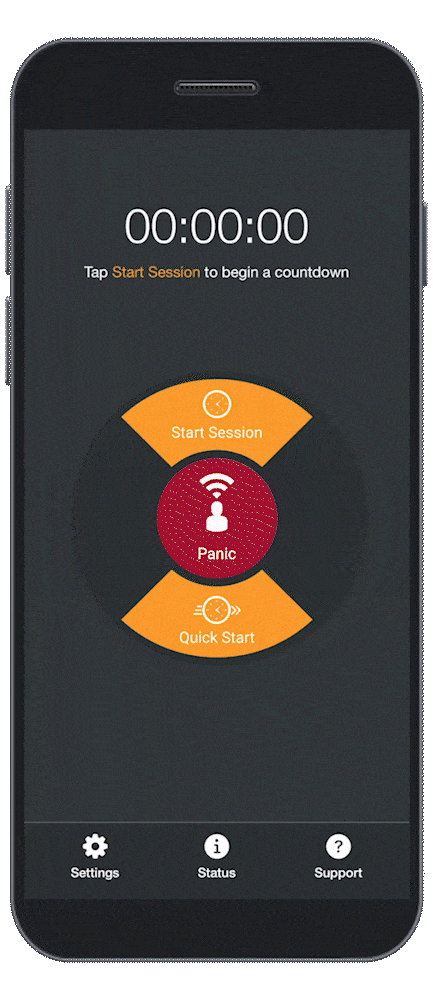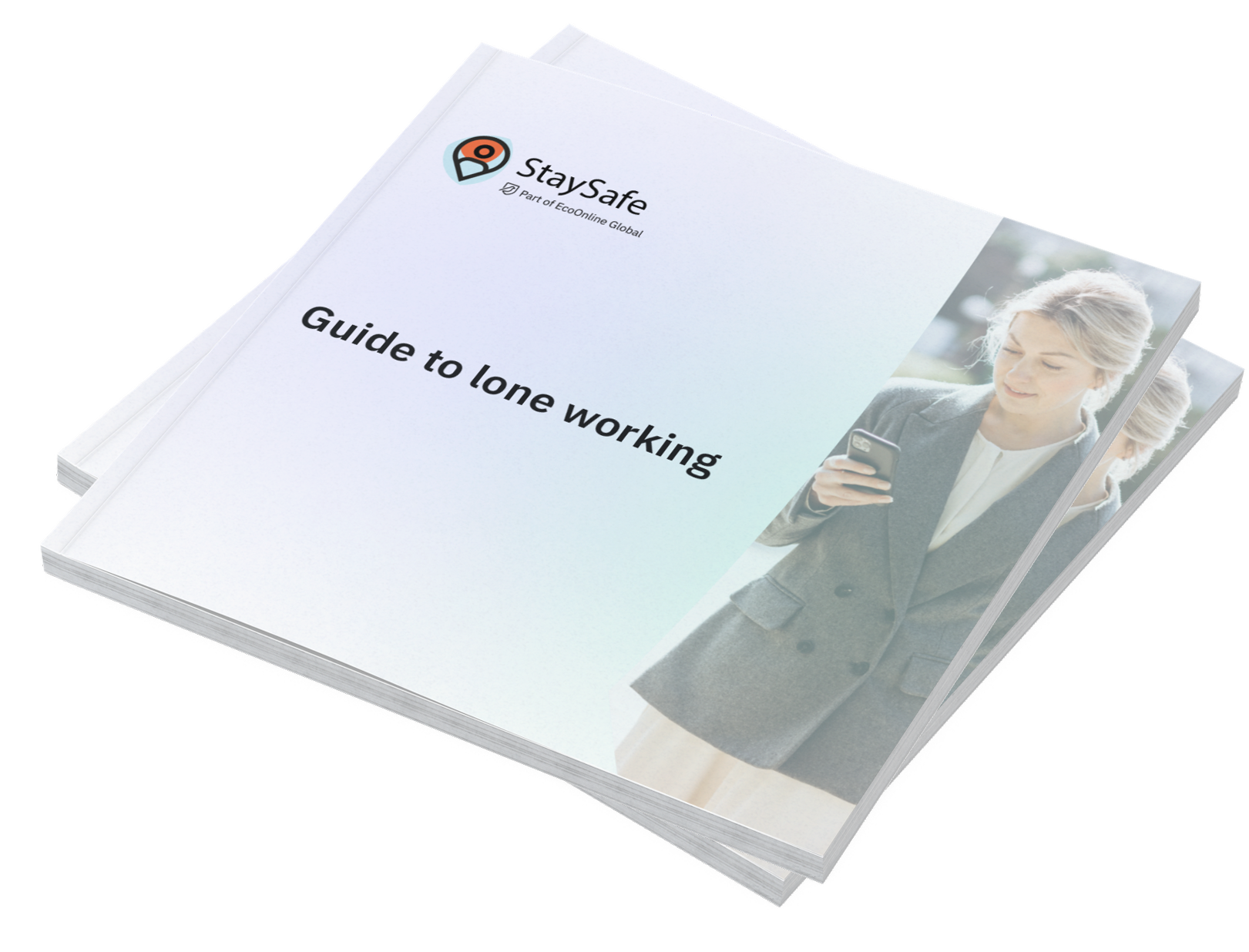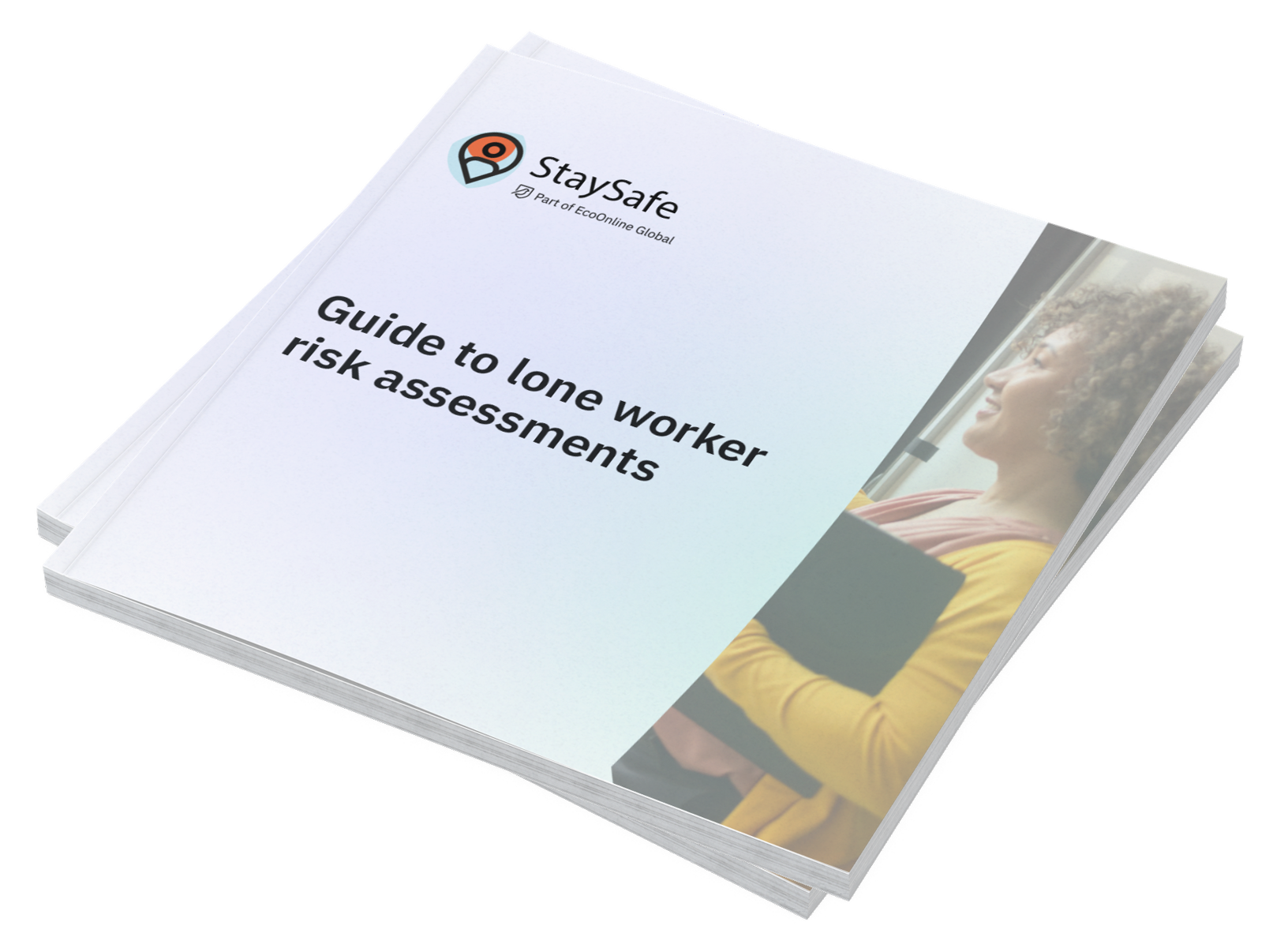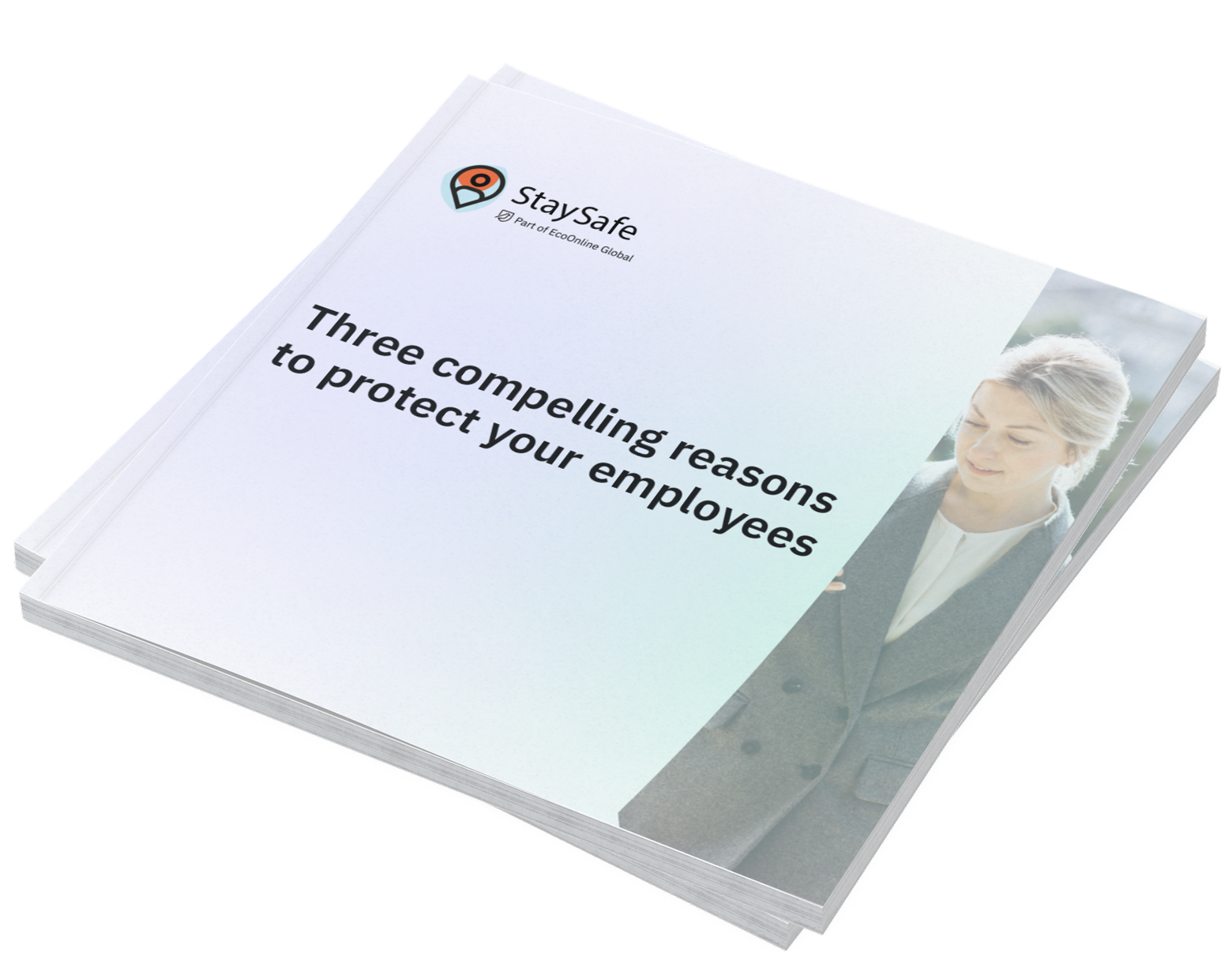Did you know that hospitals are one of the most hazardous places to work? According to the Bureau of Labor Statistics, healthcare workers are more likely to need time off due to an injury or illness than those working in construction or manufacturing.
Some of these risks are inherent, such as lifting patients, use of needles, and the potential for slips, trips and falls.
However, the healthcare sector is also facing societal and political challenges that can impact staff safety.
So what other factors can increase the risk of harm?
Under-funding
The majority of local health departments are on the front lines of emergency response, but many services are not receiving the funding they need.
65% of local health departments report flat funding or cuts to their overall operations, which in turn leads to budget cuts and staff shortages. In fact, 3-in-4 local health departments now rely on volunteers to keep their services operating.
Increased demand
As a nation, we are also putting increased pressure on our healthcare system. Seasonal flu, vaccine preventable disease, obesity, vaping, STDs, and opioid misuse are just some of the challenges stretching our services.
Mental health
One of the areas that was impacted most severely as a result of COVID-19, is mental health services. This is a global issue, with critical mental health services having been disrupted or halted in 93% of countries worldwide. Not only did the pandemic increase the demand for mental health support, it has also left a large back-log of patients in need of treatment, many of which are presenting at US emergency departments.
How is the current landscape impacting staff safety?
Under-funding, staff shortages, increased disease burden, and the mental health crisis all have a knock-on effect on staff safety.
Staff under pressure can be more likely to sustain an accidental injury, whilst rising numbers of patients can increase tensions, which can lead to stress, harassment, and violence. In fact, violence is becoming such an issue within healthcare (nearly three quarters of all non-fatal workplace violence incidents in the US involve healthcare workers) that a new Bill has been introduced to the Senate that directs OSHA to issue a new standard that will help prevent violence within health and social care.
Demand for services is also changing how healthcare settings are used, with some hospital facilities being repurposed. When facilities are stretched in this way, healthcare staff can find themselves at risk when caring for patients in environments which may not be properly equipped, or risk assessed.
Like many industries, healthcare also has an increasing number of lone workers. Lone workers – those who work totally alone, or out of sight or ear-shot of colleagues – may be at an additional risk of harm, as there is no one to assist in an emergency.
So how can you keep your staff safe?
Risk assessments, safety equipment, and training can be put in place before an accident or incident to help prevent it from happening.
But what about during an incident? Receiving help quickly in an emergency can make all the difference to the outcome.
StaySafe is a lone worker safety solution that is widely used to monitor the safety status of healthcare staff and get them help when they need it most.
The smartphone app acts as a location monitor and panic alarm system. It ensures that any staff member who feels threatened, is attacked, or has an accident can signal for help at the touch of a button.
Find out more about how StaySafe can protect your staff
Are you protecting your lone workers?
Our comprehensive guide covers everything you need to know about lone working.
From identifying the lone workers in your organization, to the risks they face in different environments, our lone worker guide will ensure you know how to keep your staff protected and meet your legal duty of care.
Yes, review policy
Explore our range of lone worker solutions
See StaySafe in action
- 2 week free trial
- See how employees can use the app to check-in & send alerts
- See realtime updates in the monitoring hub

Helen Down
“Helen has worked within the lone worker industry for nearly a decade. During that time she has written extensively about health and safety, risk, legislation, and lone working – including the Lone Worker Landscape Report.
Helen’s background is in marketing for start-ups and SMEs, where she has enjoyed working as part of the leadership team to grow the business. Outside of work, Helen is a mum of two and loves to drink wine in peace.”
Guide to Lone Working
A comprehensive lone worker guide for employers, managers and the self employed.
Lone Worker Risk Assessment
Three Questions to Ask When Purchasing a Lone Working Solution
Find out more about StaySafe solutions

Lone Worker App
Our intuitive app allows employees to check in safely following a lone working session and raise an alert in an emergency.

Cloud Based Monitoring Hub

Wearable Technology













